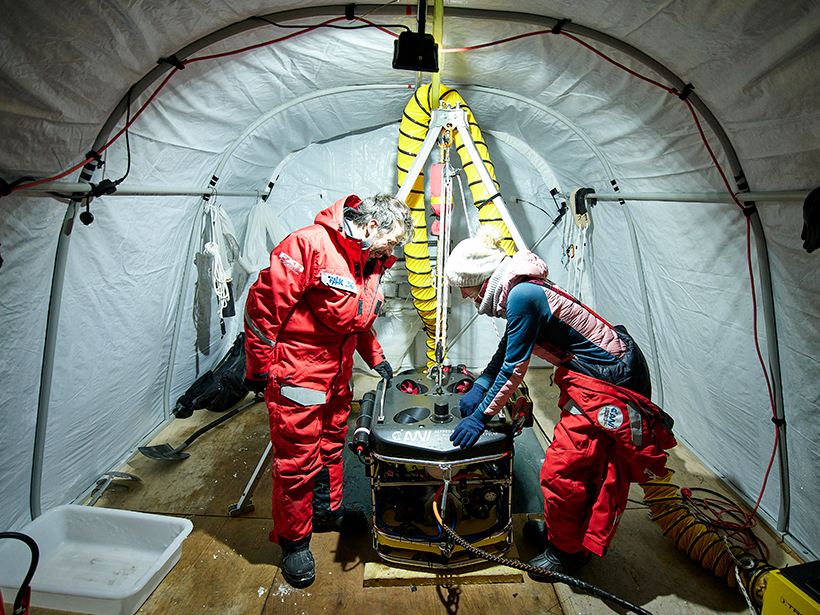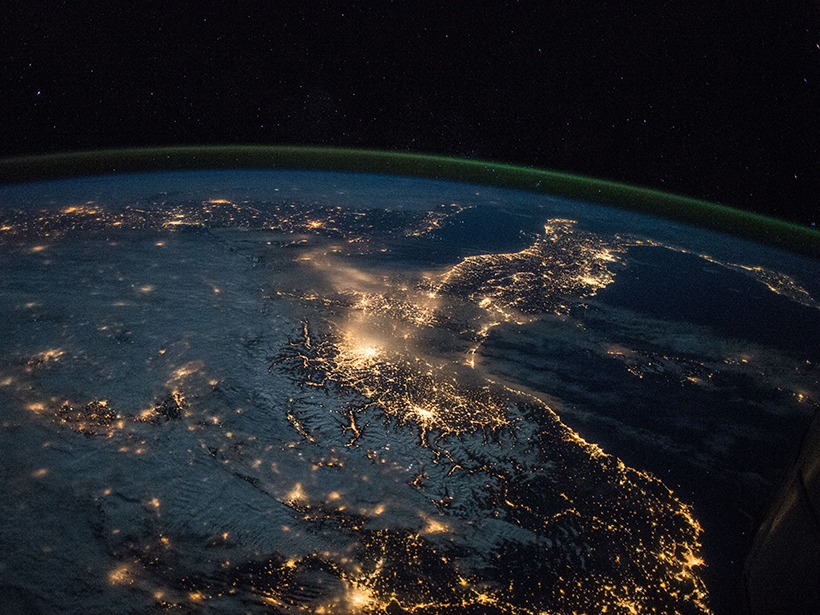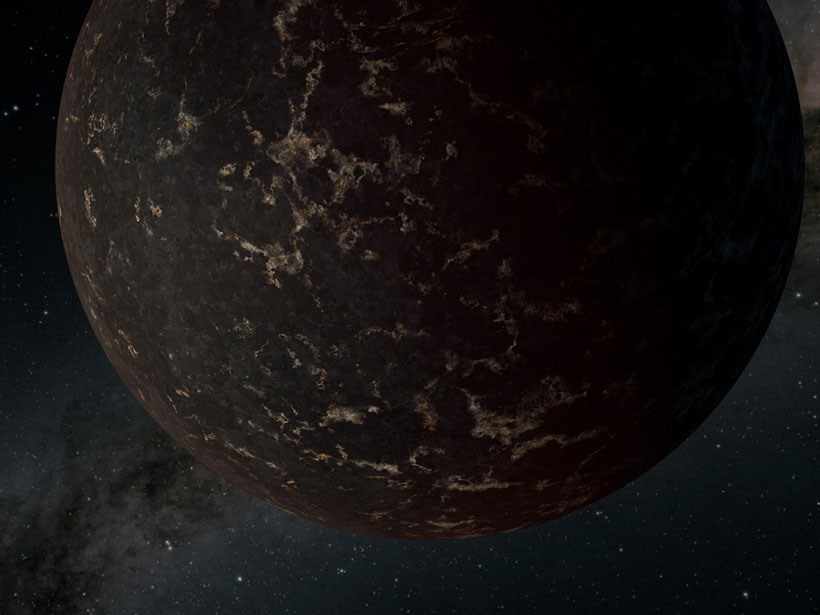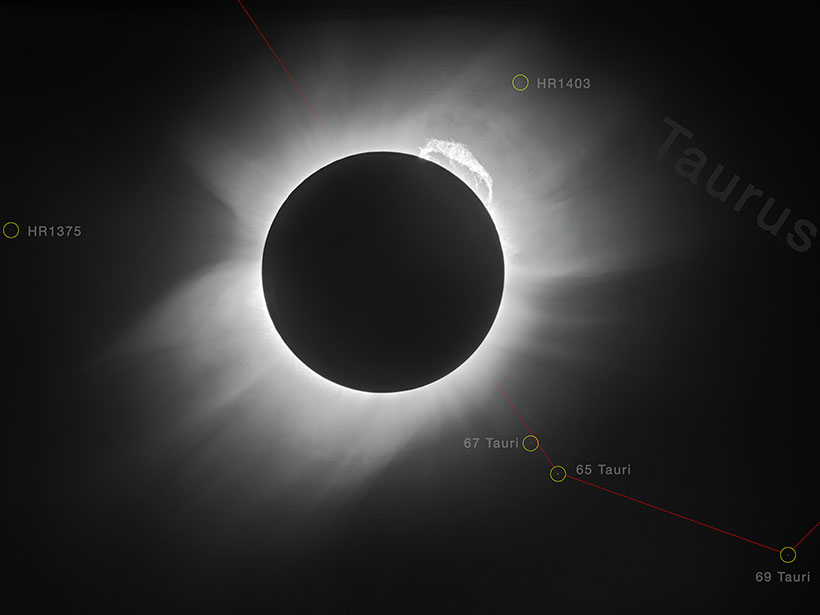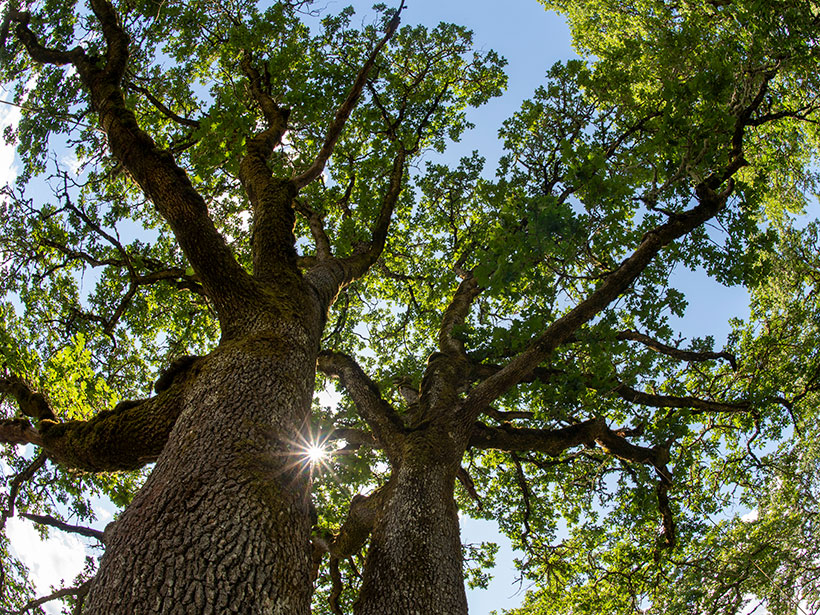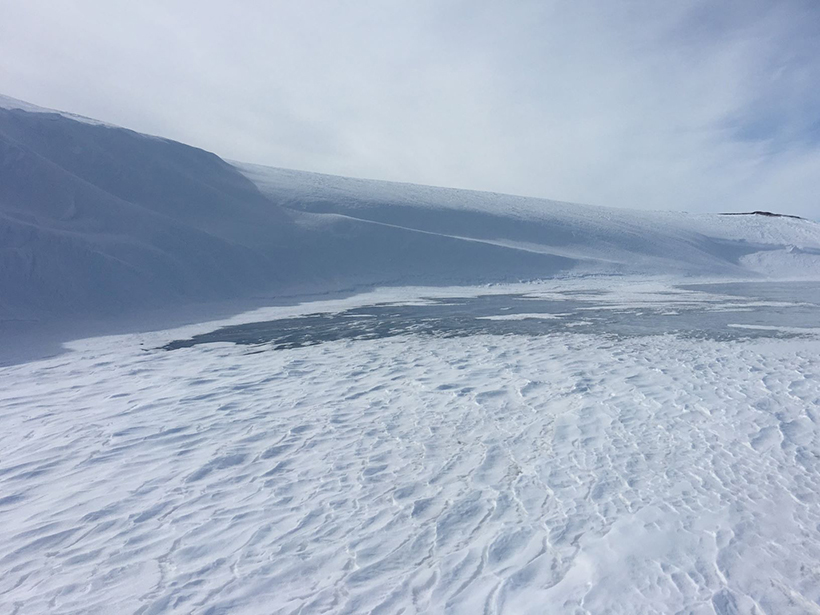Feast your eyes on Beast, the first remotely operated vehicle to brave the Arctic for 1 year.
AGU 2020
Can Volcano Forecasting Make Visiting Whakaari Safe Again?
Last year’s explosive eruption at the New Zealand volcano tragically took tourists by surprise.
Drivers of Upper Atmosphere Climate Change
New research confirms the influence of carbon dioxide on long-term temperature trends in the upper atmosphere, but changes in Earth’s magnetic field also play a key role.
Airless Exoplanet’s Mantle Could Flow in Halves
With no atmosphere in the way, measurements of the planet’s surface temperature are the first observational constraints on mantle convection models for an exoplanet.
Podcast: From Athlete to Astronaut
Leland Melvin proves that dedication and hard work can help anyone overcome the odds.
Chemical-Shuttling Bacteria Follow Earth’s Magnetic Field
Magnetotactic bacteria shunt sulfur, nitrogen, and other important elements between oxygen-poor and oxygen-rich waters.
Our Food Systems Are Complicated. Food Data Don’t Have to Be
Researchers made a “Google Maps” for global food systems. Could it help us tackle food’s thorniest problems?
A Better Understanding of How the Sun Bends Light
Incorporating the refractive index of the Sun into models of gravitational lensing effects improves agreement with measurements of the phenomenon.
How Some Trees Survive the Summer Dry Season
Oak trees in California seasonally tap moisture in unsaturated soil and weathered bedrock, even when the groundwater table is within reach of their roots.
A Census of Snowdrifts in Northern Alaska
Snowdrifts prove less ephemeral than they might seem, occurring in the same places year after year.

